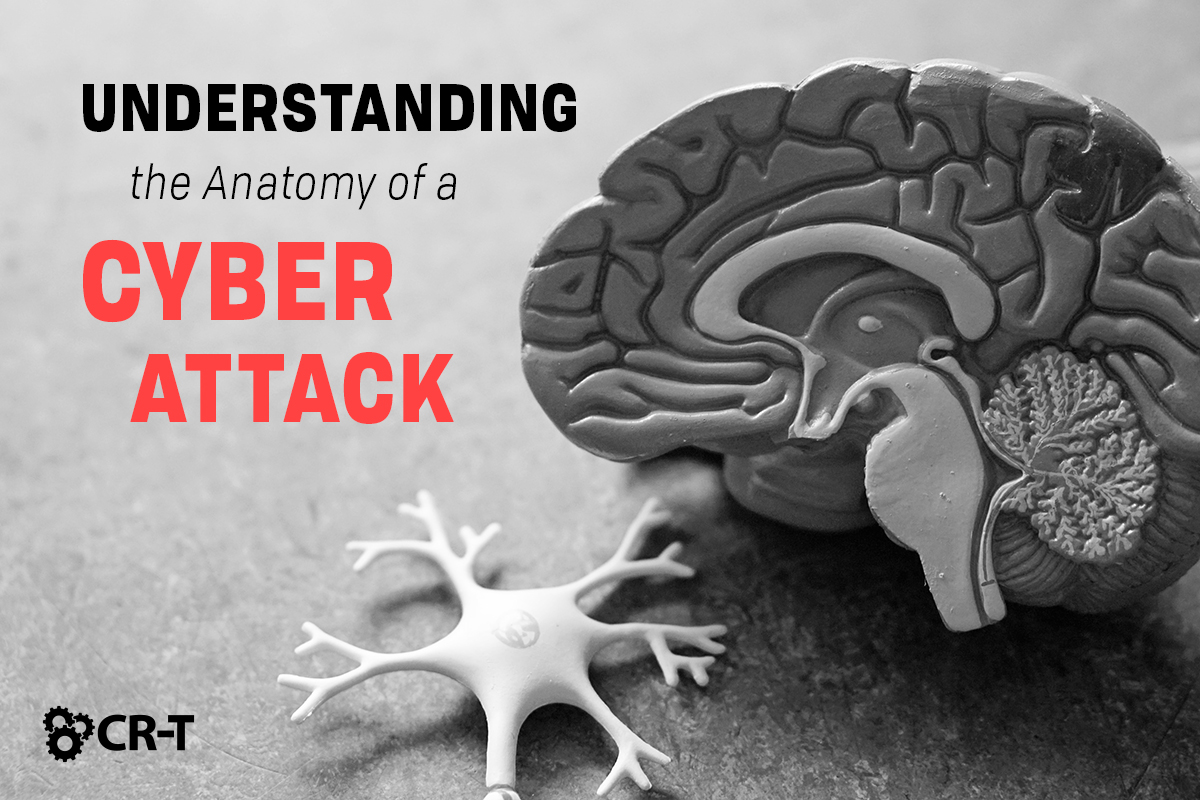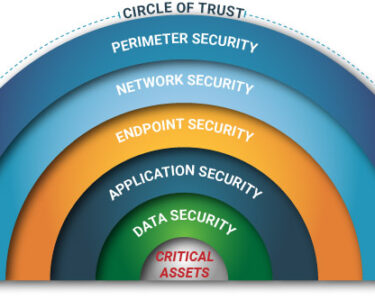
Anatomy of Digital Attacks
In the realm of cyberspace, digital attacks have become an increasingly sophisticated and prevalent threat. These attacks target various systems, networks, and devices, aiming to compromise confidentiality, integrity, and availability of critical information and infrastructure. Understanding their anatomy is crucial for organizations and individuals to mitigate and respond effectively to these threats.
1. Reconnaissance and Scanning
The first stage of most digital attacks involves reconnaissance, where attackers gather information about target systems and networks. This is done through vulnerability scanning tools, which probe for known vulnerabilities in software or configuration. Attackers also use social engineering techniques to gather personal data, passwords, or other sensitive information that can be exploited.
2. Exploitation
Once vulnerabilities are identified, attackers exploit them to gain unauthorized access to systems or data. This can involve using malware, such as viruses, worms, or trojan horses, to inject malicious code into target systems. Attackers may also exploit weaknesses in authentication mechanisms, such as weak passwords or insecure encryption protocols.
3. Persistence
After gaining initial access, attackers often seek to establish persistence within the target system. This ensures they can maintain access even if the primary attack is detected or blocked. Persistence mechanisms include installing rootkits, creating backdoors, or exploiting system configurations.
4. Command and Control
Once persistence is established, attackers establish command and control (C&C) over the compromised systems. This allows them to remotely manage the infected systems, execute commands, and exfiltrate data. Attackers often use encrypted communication channels and sophisticated techniques to hide their C&C infrastructure.
5. Lateral Movement
Inside the target network, attackers use lateral movement techniques to spread their attack to other systems. This involves exploiting trust relationships between systems or escalating privileges to gain access to higher-value targets. By moving laterally, attackers increase their impact and make detection and containment more challenging.
6. Data Exfiltration
The ultimate goal of many digital attacks is to exfiltrate sensitive data from target systems. This can include intellectual property, financial information, personally identifiable information (PII), or other valuable data. Attackers use various methods to exfiltrate data, such as uploading files to cloud storage services, sending data over encrypted channels, or exploiting exfiltration tools.
7. Impact and Mitigation
Digital attacks can have severe consequences for organizations and individuals. They can result in data breaches, financial losses, reputational damage, and even physical harm. Mitigation strategies involve implementing strong security controls, conducting regular security audits, and providing security awareness training to employees. Proactive threat intelligence and incident response plans are also crucial for effectively addressing digital attacks.
Conclusion
Digital attacks continue to evolve in complexity and sophistication. Understanding their anatomy enables organizations and individuals to develop robust security strategies and respond effectively to these threats. By implementing comprehensive security measures, conducting regular vulnerability assessments, and fostering a culture of cybersecurity awareness, we can mitigate the risks associated with digital attacks and protect our critical infrastructure and information.



